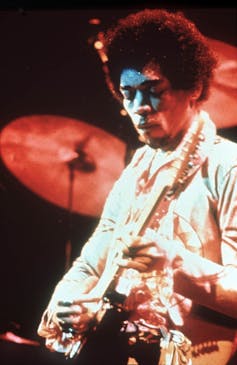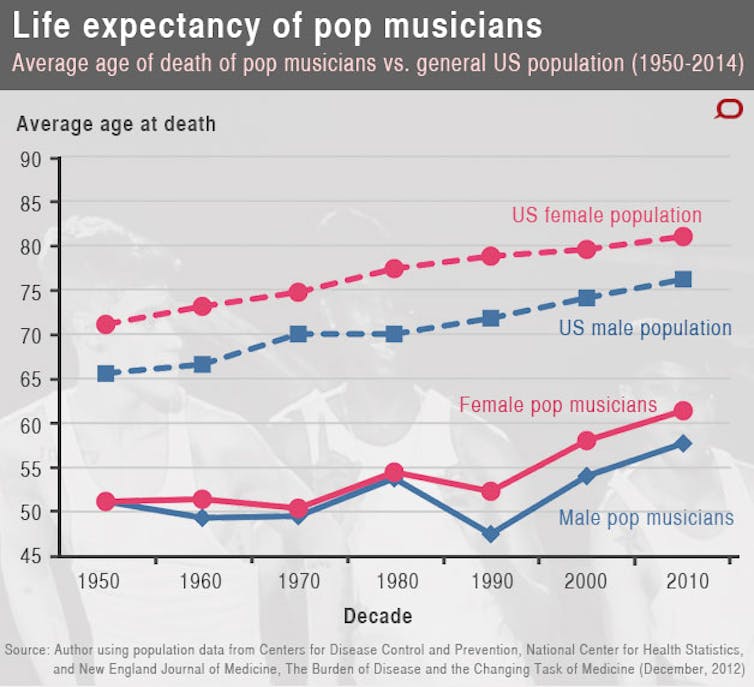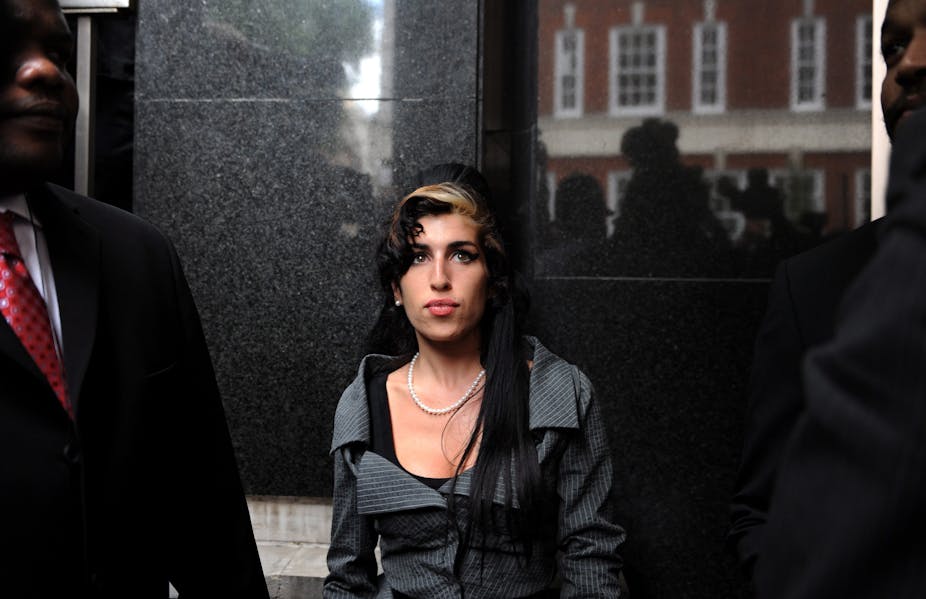Art is a cry of distress from those who live out within themselves the destiny of humanity … Inside them turns the movement of the world; only an echo of it leaks out – the work of art Arnold Schoenberg, 1910.
Austrian composer Arnold Schoenberg, like many gifted artists throughout history, suffered for his art. Popular artists of the modern era have kept this tradition alive. For all the superficial glamour of the pop music world, let us not delude ourselves - today’s popular music scene is brutal.
The “pop-cultural scrap heap”, to borrow journalist Drew Magary’s term, is piled high with the dead or broken bodies of young musicians whose personal and musical aspirations collided with the aspirations of those occupying the commercial edifices erected around them, which turn them into income-generating commodities whose role is to satisfy capricious and ever-changing consumer demands.
Many of those musicians end up feeling suffocated, caged and possessed by their minders, exploiters and fans. And many end up dead.
How big a problem is the pop music industry, really?
The rock scene is a volatile mix of glamour, instant wealth, risk-taking, rebellion and psychological distress accompanied by taken-for-granted assumptions that pop musicians will live dangerously, abuse substances and die early. Journalist Amanda Hooten, writing about Robbie Williams, identifies the components of the “classic rock’n’roll script” as “sex, drugs, rehab and bitterness”.
Blogger Jacob Katel expresses the same sentiments in a more forthright manner:
[d]ead rock stars are a dime a dozen. They usually drink themselves to death, overdose on narcotics, crash cars, or get on faulty aircraft with drunk pilots …

Previous research does not answer the question
Why do so many pop musicians die young?
Few studies have systematically examined the popular musician population to ascertain the extent of the problems codified in the media comments above.
Existing studies are limited in scope. Adrian Barnett, for example, tested the “27 club hypothesis”. Tucker, Faulkner and Horvath only included a narrow sample of the population, that is, musicians who died between 1959 and 1967. A John Moores University study only looked at artists with top rating albums.
At the other end of the scale, the study reported by Howard Sounes in his book 27 is over-inclusive as it covers not only performing musicians but also songwriters, record producers, managers and promoters.
New research

I’ve undertaken the first population study of performing pop musicians (n=12,665) from all popular genres who died between 1950 and June 2014 of whom 90.6% (11,478 musicians) were male.
Data on age, circumstances and manner of death were accessed from over 200 sources, including The Dead Rock Stars’ Club; Nick Tavelski’s (2010) Knocking on Heaven’s Door: Rock Obituaries, Pop star mortality; R.I.P. Encyclopaedia Metallicum; Voices from the Dark Side for Dead Metal Musicians; Wikipedia’s List of Dead Hip Hop Artists and Hip Hop obituaries;
I went to rapper death websites, Dead Punk Stars and similar sites for all popular music genres. The genres I covered included African, ballad, bluegrass, blues, Cajun, calypso, Christian pop, conjunto, country, doo-wop, electroclash, folk, funk, Gospel, hard rock, hip hop, honky tonk, indie, jazz, Latin, metal, new wave, polka, pop, psychedelic, punk, punk-electronic, rock rap, reggae, rhythm and blues, rock ‘n’ roll, rockabilly, ska, soul, swamp, swing, techno, western and world music.
Longevity, suicide, homicide and accidental death rates in pop musicians
I examined four outcomes – longevity and the proportion of deaths by suicide, homicide and non-intentional injury or accident. Longevity was determined by calculating the average age of death for each musician by sex and decade of death. These averages were then compared with population averages by sex and decade for the US population (per 100,000) (see Figure 1, below).

Figure 2 (below) provides a graphical summary of percentages of musicians who died by decade from each of the three causes of death studied; these are juxtaposed with deaths in the US population from the same causes by decade. All comparisons shown in these figures were highly statistically significantly different from the US population.

The pop music scene is toxic and needs rehabilitation
The results of this study are disturbing. Across the seven decades studied, popular musicians’ lifespans were up to 25 years shorter than the comparable US population. Accidental death rates were between five and 10 times greater. Suicide rates were between two and seven times greater; and homicide rates were up to eight times greater than the US population.
This is clear evidence that all is not well in pop music land.
Why is this so? The pop music “scene” fails to provide boundaries and to model and expect acceptable behaviour. It actually does the reverse – it valorises outrageous behaviour and the acting out of aggressive, sexual and destructive impulses that most of us dare only live out in fantasy.
The music industry needs to consider these findings to discover ways of recognising and assisting young musicians in distress. At the very least, those who make their livings from these young people need to learn to recognise early signs of emotional distress, crisis, depression and suicidality and to put some support systems in place to provide the necessary assistance and care.
The Conversation is currently running a series on Death and Dying.

